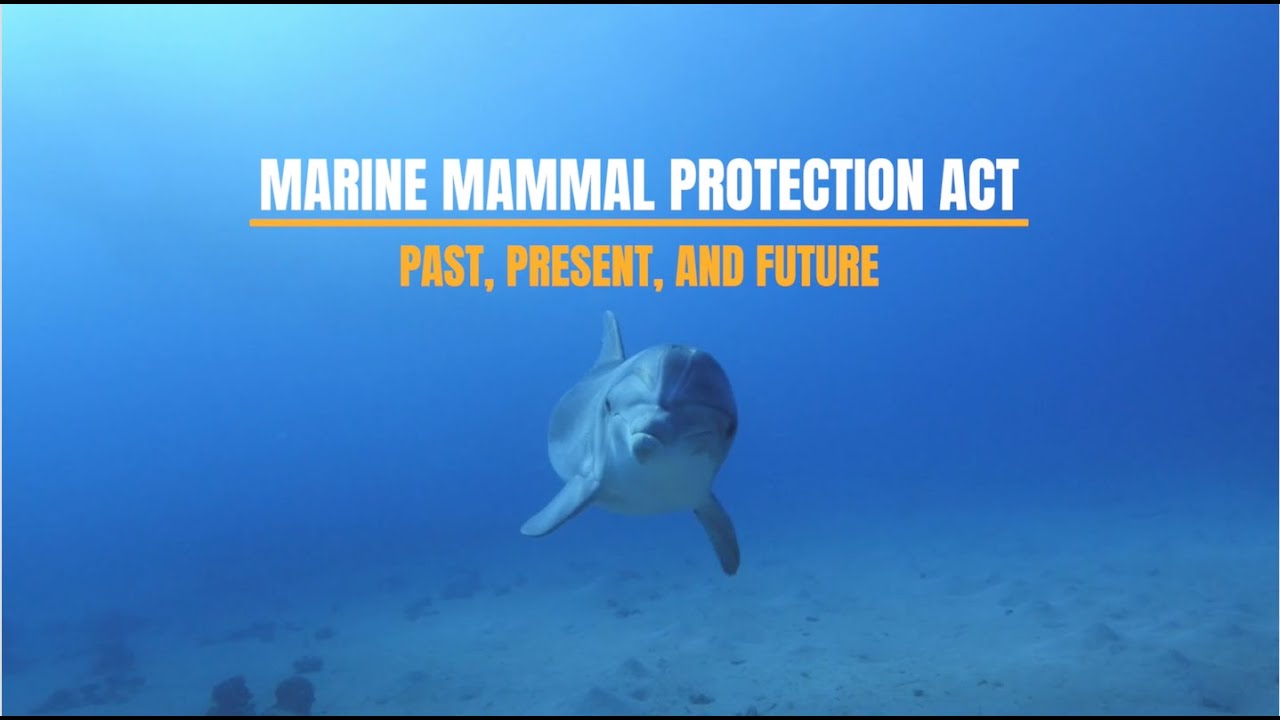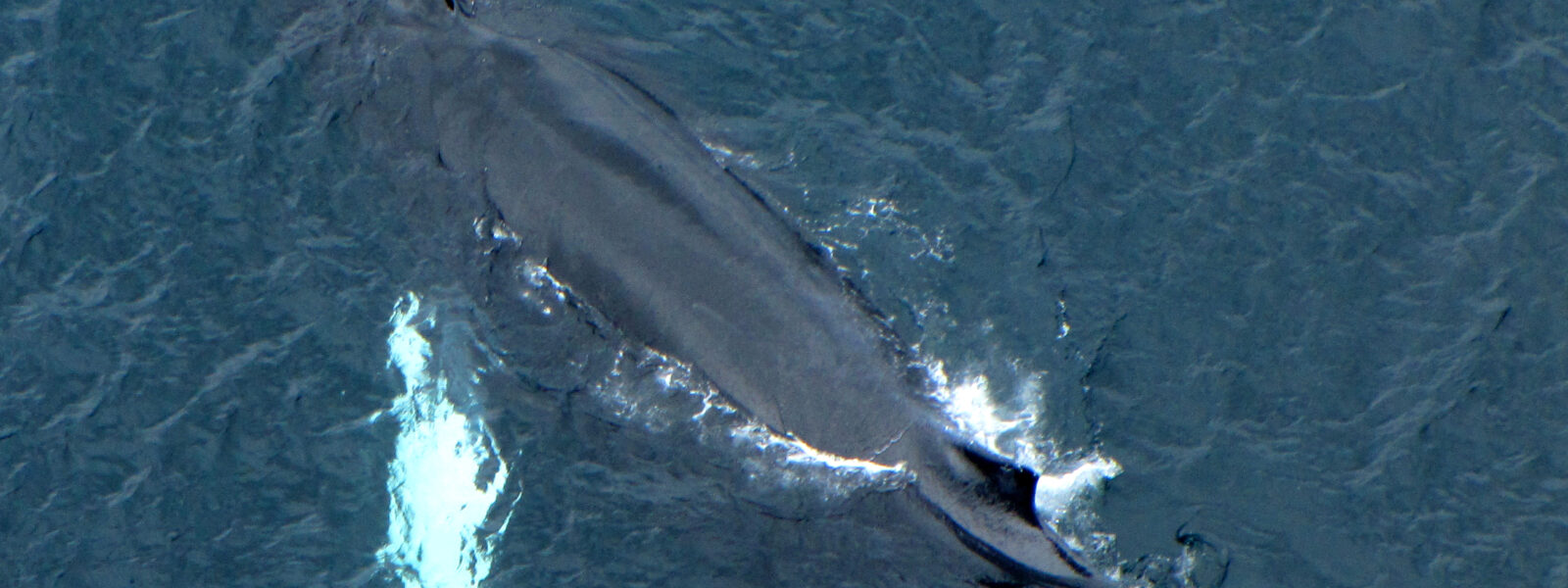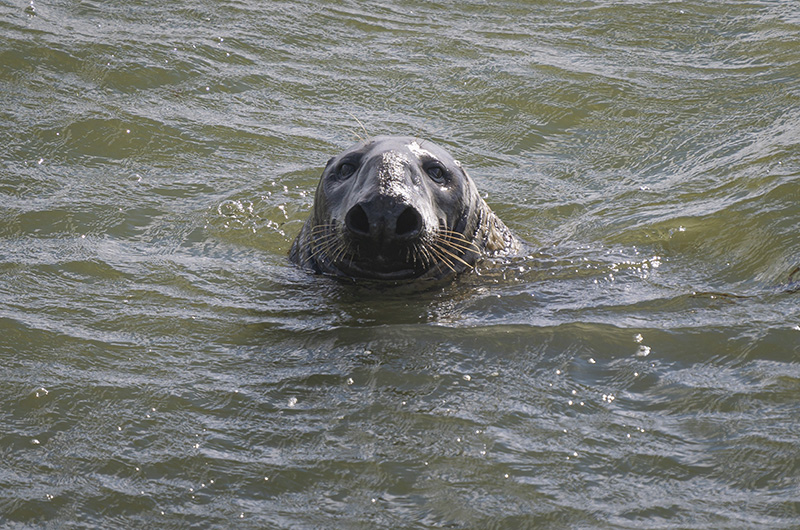The ocean is home to some of the world’s most magnificent creatures – marine mammals. These include whales, dolphins, seals, and sea lions, which are essential components of the marine ecosystem. They play a vital role in maintaining the balance of ocean biodiversity, serving as predators, prey, and nutrient sources for other species. However, human activities have significantly impacted marine mammal populations, posing a threat to their survival and the health of the marine environment. To safeguard these remarkable creatures, it is crucial to implement and uphold robust laws and regulations that protect their well-being and ensure their future survival.
In this article, we will provide a comprehensive overview of some of the most significant legislation and international agreements related to marine mammal conservation. We will discuss their purpose, scope, and effectiveness in protecting these animals and their habitats. By understanding the laws and regulations that govern marine mammal protection, we can make informed decisions on how to better conserve these magnificent creatures and preserve our oceans’ health.
International Laws and Conventions

United Nations Convention on the Law of the Sea (UNCLOS)
The United Nations Convention on the Law of the Sea (UNCLOS) is a comprehensive international treaty that establishes a legal framework for all aspects of the ocean, including the protection and conservation of marine mammals. Adopted in 1982, UNCLOS has been ratified by 167 countries, making it one of the most widely accepted international conventions.
Under UNCLOS, all marine mammals are considered “living resources” of the high seas and the exclusive economic zone (EEZ). This means that States have the right to exploit these resources, but they must do so in a manner that does not endanger the maintenance of the population or disrupt the marine ecosystem’s balance. It also prohibits the intentional hunting or killing of marine mammals and sets guidelines for managing their populations and habitats.
Moreover, UNCLOS recognizes the importance of marine mammal conservation and management for future generations. It requires States to ensure that their activities do not cause significant harm to the environment and to conserve and manage marine resources to maintain or restore populations at levels that can produce their maximum sustainable yield.
One of the most notable provisions of UNCLOS is its establishment of the International Tribunal for the Law of the Sea (ITLOS), which serves as a forum for resolving disputes related to the interpretation and application of the convention. This includes issues regarding marine mammal conservation and protection.
International Convention for the Regulation of Whaling (ICRW)
The International Convention for the Regulation of Whaling (ICRW) is an international agreement that regulates commercial whaling and protects whale populations. It was signed in 1946 and entered into force in 1948, making it one of the oldest international environmental conventions. The ICRW established the International Whaling Commission (IWC), which consists of member countries and is responsible for monitoring whale populations, setting quotas, and regulating whaling activities.
Under the ICRW, commercial whaling is only allowed for certain species, and strict quotas are set to ensure their sustainability. Currently, the only countries allowed to engage in commercial whaling are Japan, Norway, and Iceland. However, many argue that these countries have been exploiting loopholes in the ICRW to continue their whaling practices and even increase their quotas. This has resulted in the depletion of some whale species, such as the Antarctic minke whale, which is listed as vulnerable on the IUCN Red List.
One of the challenges facing the ICRW is its limited scope, as it only regulates commercial whaling and does not cover other threats to whale populations, such as bycatch and pollution. There have been numerous calls to expand the IWC’s mandate to address these issues and better protect whales, but this has yet to be achieved.
Convention on International Trade in Endangered Species of Wild Fauna and Flora (CITES)
The Convention on International Trade in Endangered Species of Wild Fauna and Flora (CITES) is an international agreement that regulates the trade of wild animals and plants to ensure their survival. It was adopted in 1973 and currently has 183 member countries. CITES aims to prevent species from becoming endangered or extinct due to international trade by controlling and monitoring the trade of listed species.
Under CITES, all marine mammals are listed under Appendix I, which includes species that are threatened with extinction and are therefore prohibited from commercial trade. This means that any international trade of marine mammals, including their parts and products, is strictly prohibited, except for non-commercial purposes. However, there have been instances of illegal trade and poaching of marine mammals, particularly for their body parts, such as ivory and blubber. This highlights the need for stricter enforcement of CITES regulations and stronger penalties for those involved in illegal trade.
National Laws and Regulations

While international laws and conventions play a crucial role in protecting marine mammals, it is ultimately up to individual countries to enforce these regulations and ensure the well-being of their marine mammal populations. Here are some examples of national laws and regulations that aim to protect marine mammals:
United States – Marine Mammal Protection Act (MMPA)
The Marine Mammal Protection Act (MMPA) is one of the most comprehensive national laws dedicated to protecting marine mammals. Enacted in 1972, the MMPA aims to maintain the health and stability of marine ecosystems by prohibiting the taking, importing, and exporting of marine mammals and their products without proper authorization. The term “take” is defined broadly and includes harassing, hunting, capturing, or killing marine mammals.
Under the MMPA, the National Oceanic and Atmospheric Administration (NOAA) is responsible for implementing and enforcing the act. They work closely with other government agencies, such as the U.S. Fish and Wildlife Service, to monitor and regulate activities that may impact marine mammals, such as fisheries and oil and gas exploration. The MMPA also requires the development of recovery plans for threatened or endangered species and the establishment of designated critical habitats.
The MMPA has been successful in protecting marine mammals in the United States, with several species, such as the humpback whale, recovering from near extinction levels. However, there are still challenges in enforcing the law, particularly in preventing bycatch in fisheries and addressing issues related to climate change and ocean acidification.
Canada – Marine Mammal Regulations (MMR)
In Canada, the protection of marine mammals is mainly governed by the Fisheries Act and the Marine Mammal Regulations (MMR). The MMR was enacted in 1993 to protect all marine mammals in Canadian waters, including the Arctic. It prohibits the hunting, killing, injuring, disturbing, and capturing of marine mammals without proper authorization.
One of the unique features of the MMR is its inclusion of a “precautionary approach,” which allows for the management and conservation of marine mammal populations even when there is uncertainty about their status. This means that measures can be taken to prevent potential threats before they become significant. The Department of Fisheries and Oceans (DFO) is responsible for enforcing the MMR and works closely with Indigenous communities in co-managing marine mammal populations.
However, there have been concerns about the effectiveness of the MMR, particularly in addressing the impacts of climate change and industrial development on marine mammals. There have also been calls for stronger enforcement and stricter penalties for those who violate the regulations.
Australia – Environment Protection and Biodiversity Conservation Act (EPBC)
Australia’s primary legislation for environmental protection, the Environment Protection and Biodiversity Conservation Act (EPBC), also includes provisions for the protection of marine mammals. Under the EPBC, all marine mammals are listed as protected species, and it is an offense to take, trade, or harm them without a permit.
The Australian Department of Agriculture, Water and the Environment (DAWE) is responsible for enforcing the EPBC and works closely with other government agencies to monitor and manage the impact of human activities on marine mammals. This includes addressing threats such as bycatch in fisheries, noise pollution from shipping and oil and gas exploration, and habitat destruction.
While the EPBC has been effective in protecting some species, such as the dugong and the humpback whale, there have been criticisms of its enforcement and effectiveness in addressing emerging threats, such as climate change and coastal development.
Regional Agreements

In addition to national laws and international conventions, regional agreements play a crucial role in promoting marine mammal conservation and management. These agreements bring together countries in a particular region to address common threats to marine mammals and adopt measures for their protection. Here are two examples of regional agreements dedicated to marine mammal protection:
Agreement on the Conservation of Cetaceans of the Black Sea, Mediterranean Sea and Contiguous Atlantic Area (ACCOBAMS)
The Agreement on the Conservation of Cetaceans of the Black Sea, Mediterranean Sea and Contiguous Atlantic Area (ACCOBAMS) was adopted in 1996 and entered into force in 2001. It aims to protect cetaceans, including dolphins, porpoises, and whales, in the Black Sea, Mediterranean Sea, and the contiguous Atlantic waters.
Under ACCOBAMS, member countries are required to establish protected areas for cetaceans, develop recovery plans for endangered species, and mitigate threats such as bycatch and pollution. The agreement also promotes research, monitoring, and public awareness initiatives to better understand and conserve these animals.
Since its adoption, ACCOBAMS has been successful in promoting cooperation and collaboration among its member countries, resulting in a significant increase in the number of protected areas for cetaceans. However, there are still challenges in enforcing the agreement’s provisions, particularly in addressing bycatch and ship strikes.
Pacific Islands Region Marine Mammal Protected Areas Task Force (PIMPAT)
The Pacific Islands region is home to some of the world’s most diverse marine mammal populations, making it crucial to have regional initiatives for their protection. The Pacific Islands Region Marine Mammal Protected Areas Task Force (PIMPAT) was established in 2008 to promote the establishment of marine mammal protected areas (MMPAs) in the Pacific islands region.
PIMPAT brings together governments, NGOs, and other stakeholders to identify and protect key habitats for marine mammals in the region. This includes developing management plans for MMPAs, conducting research and monitoring, and educating local communities about the importance of marine mammal conservation.
Since its establishment, PIMPAT has helped create several MMPAs, such as the Mariana Trench Marine National Monument and the Papahānaumokuākea Marine National Monument. However, there is still a need for more extensive protection measures, especially in addressing the impacts of climate change on marine mammals in the region.
Challenges and Future Perspectives

While there have been significant advancements in marine mammal protection through various laws and regulations, there are still numerous challenges that need to be addressed. These include:
- Enforcement: Many laws and regulations related to marine mammal protection face challenges in enforcement due to limited resources and inadequate penalties for violators. Stricter enforcement measures and stronger penalties need to be implemented to deter illegal activities.
- Emerging threats: Climate change, ocean acidification, and coastal development pose significant threats to marine mammal populations. There is a need for more comprehensive and adaptive management strategies to address these emerging threats.
- International cooperation: Marine mammals are migratory species, and their protection requires international cooperation. More efforts need to be made to promote collaboration and information sharing among countries to better protect these animals.
- Public awareness: The general public’s lack of knowledge about marine mammal conservation is a significant barrier in promoting their protection. Education and awareness initiatives can help increase public support for marine mammal protection laws and regulations.
In addition to addressing these challenges, it is also crucial to consider the perspectives and involvement of Indigenous communities in marine mammal management. These communities have traditional knowledge and practices that can contribute to the effective conservation of these animals and their habitats.
Conclusion

Marine mammals are remarkable creatures that play a vital role in maintaining the balance of the marine ecosystem. However, they face numerous threats from human activities, making it crucial to have robust laws and regulations to protect them. Through international agreements, national laws, and regional initiatives, there have been significant advancements in marine mammal protection. However, there is still much work to be done to address emerging threats and ensure the long-term survival of these magnificent animals. By understanding and supporting these laws and regulations, we can all contribute to protecting marine mammals and preserving the health of our oceans for future generations.
wfriv.xyz